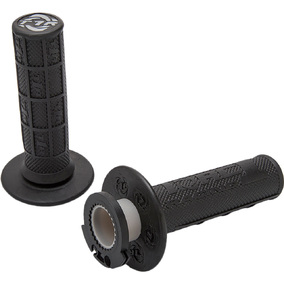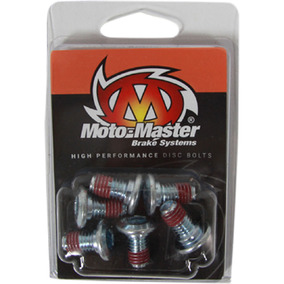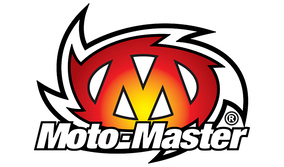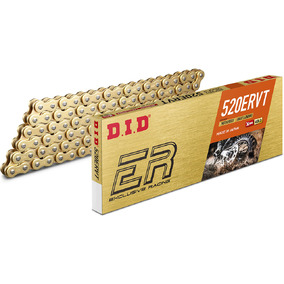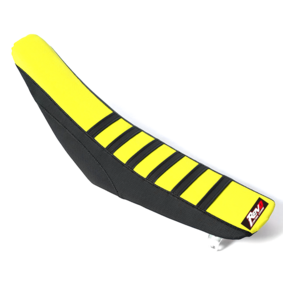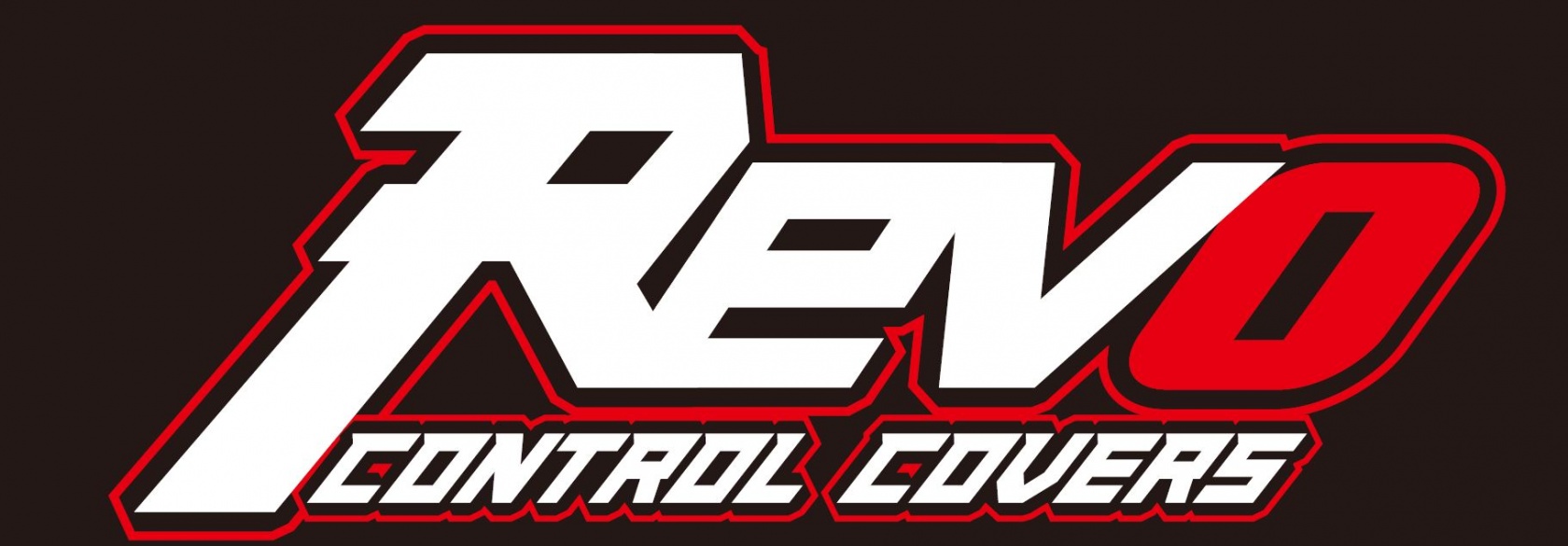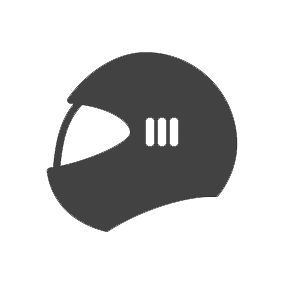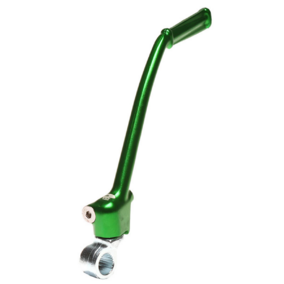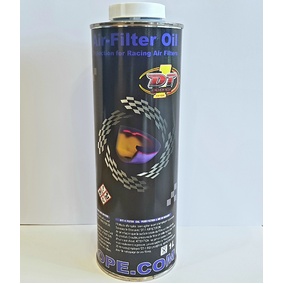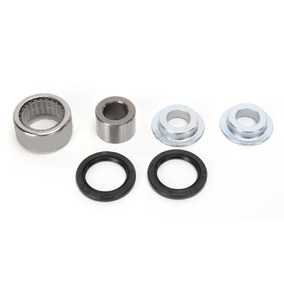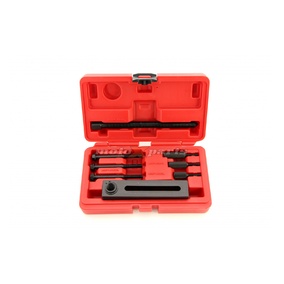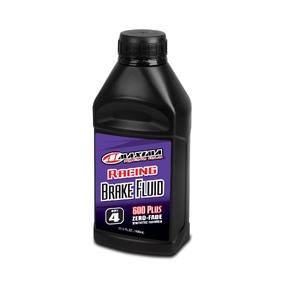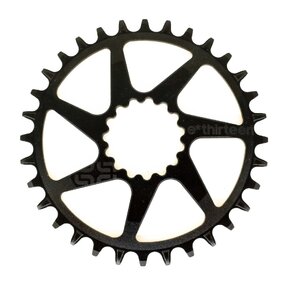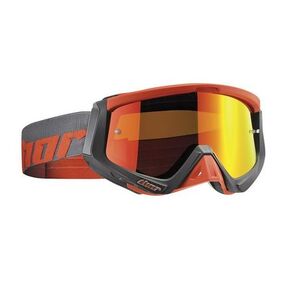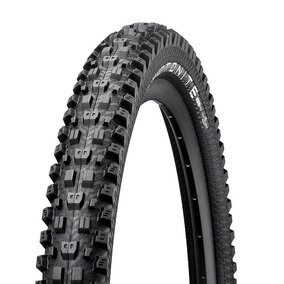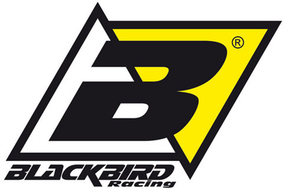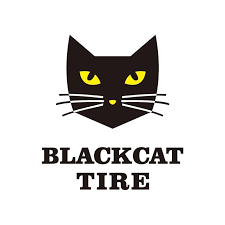Best Motocross Exhaust Parts: What to Look for & Our Recommendations
Upgrading an exhaust system for motocross isn’t just about making your bike ‘braaap’ louder — it’s also about getting the most from your engine. Choosing a system that supports your bike’s performance, weight, and tuning is key to unlocking its full potential.
In this blog post, we’ll advise which bike engine parts to buy for your ride to have that healthy purr. At Motoxparts, we know our way around a dirt bike exhaust system — so you’re in good hands!
Why Upgrade Your Motocross Exhaust System?
Upgrading your motocross exhaust system comes with a host of benefits — enhanced power output, better throttle response, weight reduction (especially if you’re upgrading your exhaust parts with titanium or carbon fibre replacements), and a louder and more aggressive-sounding ‘braaap’.
Enhanced Power Output
So, how does upgrading your exhaust system make it more powerful? By improving airflow and reducing backpressure — that’s how. Stock systems are often designed with noise and emissions regulations in mind, which can restrict the engine’s ability to breathe efficiently. A performance exhaust allows exhaust gases to exit more freely, helping the engine draw in more air and fuel. The end result? Better combustion, increased horsepower, and sharper throttle response.
Better Throttle Response
Because an upgraded exhaust system improves airflow and reduces backpressure, the engine no longer has to work as hard to push gases out. This frees it up to respond more quickly when you twist the throttle. The result is a snappier, more immediate feel, which is especially useful when navigating tight corners, accelerating out of jumps, or making quick adjustments mid-ride.
Weight Reduction
A perk of upgrading your exhaust system is reduced bike weight. Replacing a bulky stock system with one made from titanium or carbon fibre (or other lightweight materials) tends to have that effect! Shedding even a few kilos can improve handling, agility, and acceleration — all of which make a noticeable difference on tight tracks and during jumps. In motocross, every gram counts, and a lighter bike gives you more control and less fatigue over a long ride.
More Aggressive Sound
Of course, exhaust system upgrades are often part and parcel with a more aggressive, throaty-sounding engine. Contrary to the more subdued tone of a stock setup, performance exhausts feature freer-flowing components and fewer sound-dampening restrictions — in other words, they truly let the natural roar come through. Plus, some riders find that a louder bike is a more visible bike. Find out for yourself!
Main Parts You’ll Need
The first step towards upgrading your dirt bike’s exhaust system includes swapping out major components for more performance-boosting, weight-reducing parts:
Header Pipe
The header pipe connects to the exhaust port and directs gases away from the engine. When you upgrade this part, you improve airflow. The end result? Increased power — and better throttle response.
Mid-Pipe
The mid-pipe connects the header pipe to the muffler, smoothing the flow of exhaust gases throughout the system. Some exhaust setups may not need a separate mid-pipe, though that will depend on the design.
Muffler (Silencer)
The muffler (or silencer) controls the exhaust noise and flow. A performance muffler reduces backpressure and often uses lightweight materials, enhancing the engine's performance (and also its sound).
Full Pipe Assembly
Some riders choose the convenient full-pipe assembly. It contains the header, mid-pipe, and muffler in one unit, making installation easier in bike exhausts and ensuring all performance parts work together as they should.
Supporting Components
Supporting parts like exhaust springs, mounting brackets, gaskets, and silencer repack kits are also very important. These accessories secure your exhaust system, prevent leaks, and maintain optimal performance and sound quality.
Supplementary (Yet Still Critical) Parts to Complete Your Setup
If you’re going to upgrade your exhaust system for motocross, you really should go hard — or go home! Don’t just upgrade the main exhaust parts and call it a day — implement some supplementary parts. This way, you can rest assured that everything will stay together and run as it should, for the long haul.
Exhaust Springs
Exhaust springs tightly secure the pipes and muffler, absorbing vibration and preventing parts from loosening during rough rides.
Mounting Kits
Mounting kits include brackets and hardware that firmly attach the exhaust system to your bike. This ensures a stable fit and prevents damage.
Gaskets
Gaskets create airtight seals between exhaust joints, preventing leaks that can reduce performance and cause noise issues.
Silencer Repack Kits
Over time, the packing material inside your silencer wears out. Repacking it maintains optimal sound levels and backpressure, keeping your exhaust working efficiently.
Get the Exhaust Parts You Need at Motoxparts
Got a shopping list of components burning a hole in your pocket? Motoxparts has you covered with top-quality motorcycle parts NZ riders love to tinker with. From the major engine overhaul to the supplementary finishing touches, our exhaust parts are just right for your entire process. Shop online at Motoxparts today so you can upgrade now and start tearing up the track sooner, faster and louder than ever before.


